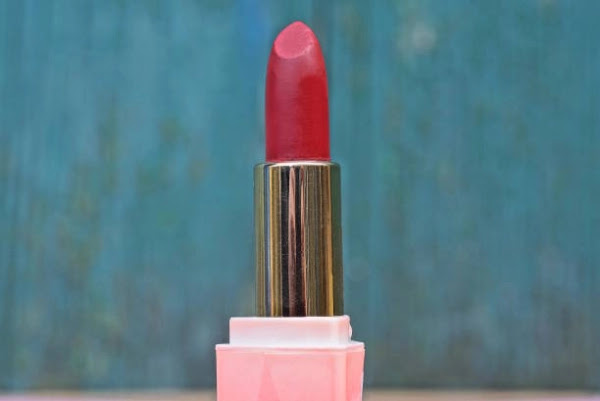Lipstick and the Empowerment
Women in Developing Countries
Introduction:
In developing countries, women face a myriad of challenges
ranging from limited access to education and economic opportunities to cultural
barriers and gender-based discrimination. However, amidst these challenges,
lipstick has emerged as a symbol of empowerment, providing women with a means
of self-expression, economic independence, and social mobility. In this
exploration, we delve into the transformative role of lipstick in empowering
women in developing countries, highlighting its economic, social, and
psychological impacts.
Economic Empowerment:
In many developing countries, women face significant
barriers to economic empowerment, including limited access to formal employment,
financial resources, and entrepreneurial opportunities. However, the beauty
industry, including the production and sale of lipstick, has emerged as a
viable avenue for women to generate income and support themselves and their
families.
In countries like India, Nigeria, and Indonesia, women often
engage in small-scale lipstick production and sales, either independently or
through cooperatives and micro-enterprises. By creating and selling their own
lipstick products, women are able to generate income, gain financial
independence, and contribute to household income, thereby improving their
economic status and overall well-being.
Moreover, the beauty industry offers opportunities for skill
development and entrepreneurship training, empowering women with the knowledge
and resources to start and sustain their own businesses. Programs and
initiatives that provide training in lipstick production, marketing, and sales
enable women to overcome barriers to entry and establish successful
enterprises, thereby fostering economic empowerment and sustainable
livelihoods.
Social Empowerment:
Beyond its economic impact, lipstick also serves as a tool
for social empowerment, enabling women to challenge traditional gender roles
and assert their agency and autonomy. In many developing countries, cultural
norms and patriarchal attitudes dictate strict standards of femininity and
beauty, limiting women's freedom of expression and self-determination.
However, by embracing lipstick as a form of self-expression,
women are able to challenge these norms and assert their individuality and
identity. Whether through bold reds, vibrant pinks, or subtle nudes, lipstick
allows women to express their personality, confidence, and creativity, thereby
reclaiming agency over their bodies and appearances.
Furthermore, the beauty industry provides opportunities for
women to connect with one another, build supportive networks, and advocate for
social change. Initiatives such as women's cooperatives, community-based
organizations, and beauty workshops create spaces for women to come together,
share experiences, and mobilize for collective action, thereby strengthening
solidarity and promoting gender equality.
Psychological Empowerment:
In addition to its economic and social benefits, lipstick
also has psychological implications for women in developing countries,
providing a sense of confidence, self-worth, and empowerment. For many women,
wearing lipstick is more than just a cosmetic choice; it is a form of self-care
and self-expression that boosts confidence and enhances mood.
Studies have shown that wearing makeup, including lipstick,
can have positive effects on self-esteem and body image, particularly for women
in marginalized or vulnerable communities. By enhancing their appearance and
accentuating their features, lipstick enables women to feel more confident,
empowered, and in control of their lives, thereby improving their mental health
and well-being.
Moreover, the act of applying lipstick can be a ritualistic
and empowering experience, allowing women to take ownership of their bodies and
express their identity and creativity. For survivors of trauma or abuse,
lipstick can serve as a form of self-care and healing, providing a sense of
comfort and empowerment in the face of adversity.
Conclusion:
In conclusion, lipstick serves as a powerful tool for
empowering women in developing countries, providing economic opportunities,
challenging social norms, and enhancing psychological well-being. By engaging
in lipstick production and sales, women are able to generate income, gain
financial independence, and support themselves and their families. Moreover,
lipstick enables women to challenge traditional gender roles, assert their
agency and autonomy, and advocate for gender equality and social change.
Finally, lipstick has psychological implications for women, boosting
confidence, self-esteem, and well-being. As such, lipstick represents more than
just a cosmetic product; it is a symbol of empowerment, resilience, and hope
for women in developing countries around the world.
